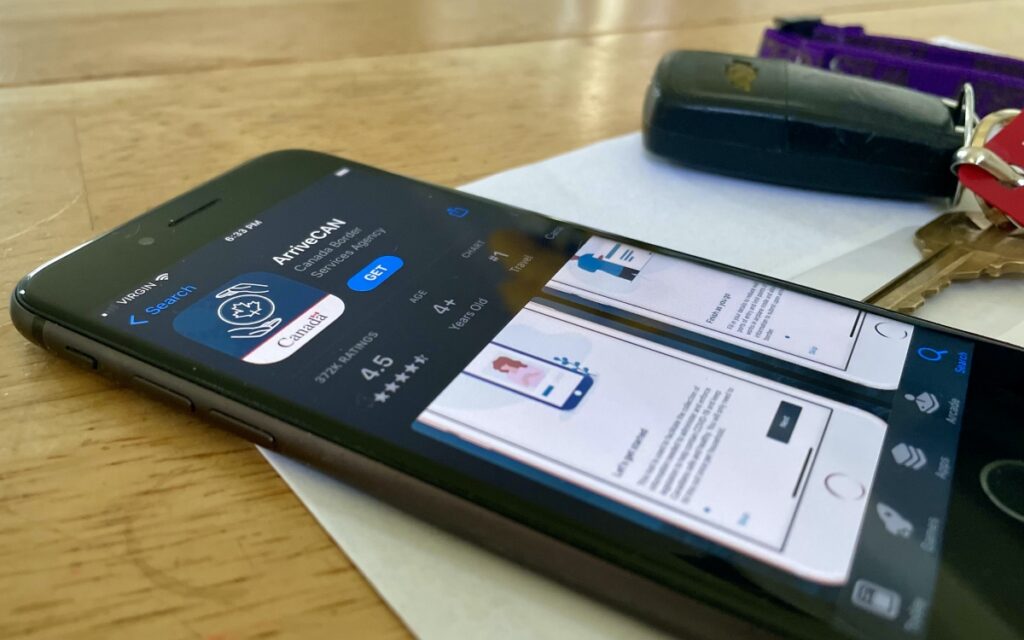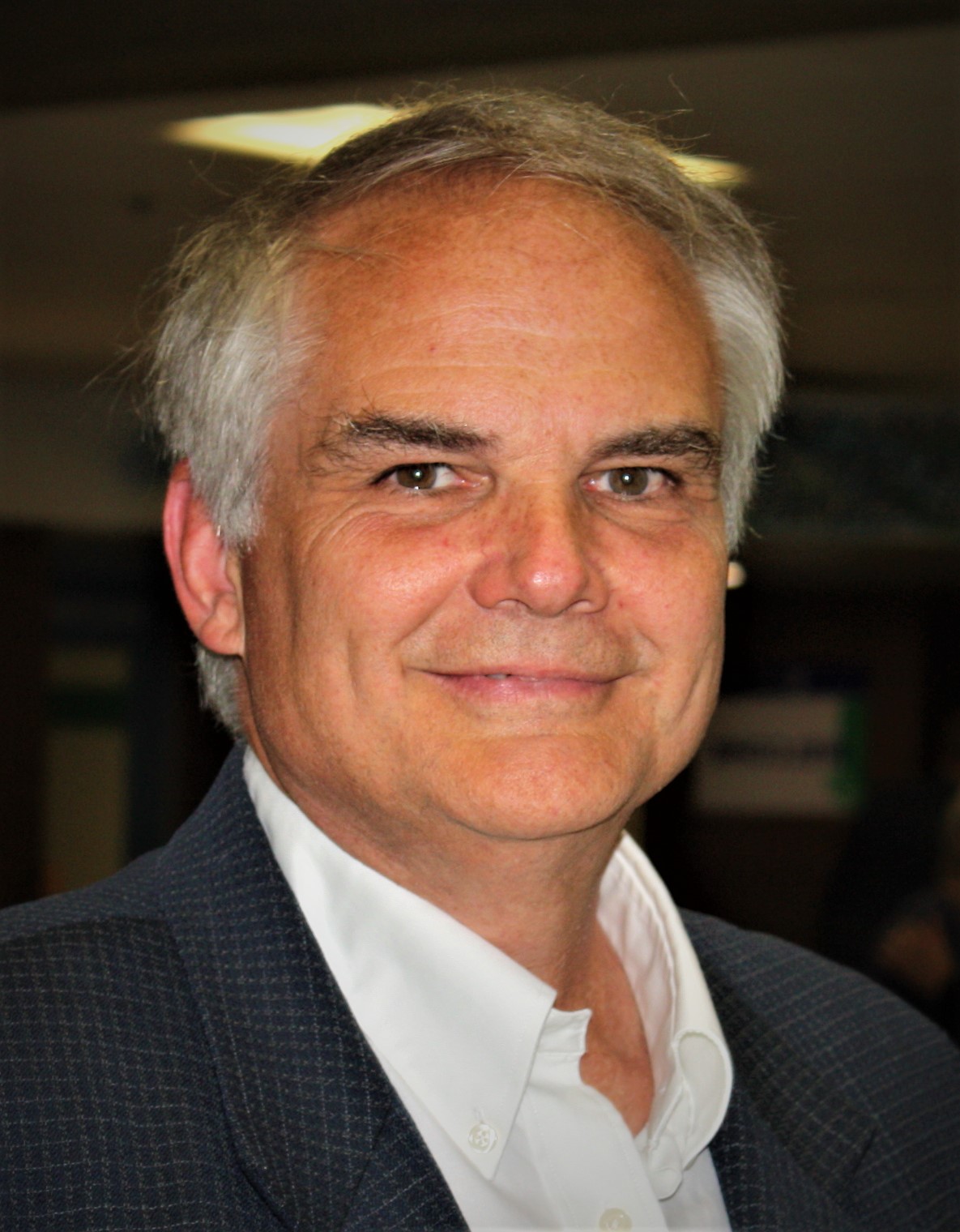
Three recent stories out of Ottawa, including the revelation that ArriveCan cost Canadians over $54 million, underscore an imperative for greater transparency regarding federal government expenditures. Photo credit: The Niagara Independent
Canada is now ladened with a considerable debt load. The sorry state of federal finances dates back to the early years of the Trudeau government when there was unbridled spending and an absence of a fiscal plan. Deficit spending then exploded to unprecedented levels during the pandemic. The current budget pegs a national debt in excess of a trillion dollars and federal expenditures this year of more than $434 billion. The government’s annual spending in 2022 represents a two-thirds increase since 2015.
This Trudeau government’s fiscal legacy will be its accumulation of national debt. It has created more debt than all previous governments in Canada’s 155-year history – all previous governments combined. For those with an eye to the financial and economic health of the nation, the past seven years have been akin to watching a run-away train wreck.
Though Canadians are well aware of the overspending of the Trudeau government, they are less informed on how the billions of dollars are being spent. There have been three instances of questionable spending that illustrate there is little discipline when it comes to government spending (and no fiscal acumen to know any better).
Three recent stories out of Ottawa underscore an imperative for greater transparency regarding federal government expenditures.
The $54 million mysterious ArriveCan App
When ArriveCan was launched in April 2020, the government made no reference to the cost of the development of the travel app. MP Chris Warkentin requested information in the House of Commons on the cost of the app. The MP was told that the Canada Border Services Agency (CBSA) reported the price tag was $19.4 million. In late September the CBSA revised its cost estimates for the app to be $29.5 million. But, now we know that estimate too was inaccurate.
A Globe and Mail report divulged spending on the app is projected to be in excess of $54 million, more than two-and-a-half times what the government first reported out to MP Warkentin. When pressed to explain this escalated cost the government would not release any details claiming it was a matter of federal procurement confidentiality.
The company that holds the contract does not do the actual work but farms it out to dozens of unidentified subcontracts. Conservative MP Luc Berthold said what many Canadians were thinking when he observed that ArriveCan “was surely put in place to make some people rich. Fifty four million dollars would be a million hours at work for an engineer. That’s 31,000 weeks or 596 years for one person. The numbers just don’t add up.”
Over the Thanksgiving Weekend two Canadian tech firms recreated the app in order to demonstrate that the $54 million cost was ludicrous. Sheetal Jaitly, the CEO of one of the firms that completed the task, said it would cost his company TribalScale less than $1 million to build the app.
Liberal MPs in defence of the government’s spending have suggested the $54 million accounts for more than the development of the app – which clearly begs further explanation.
Coincidental to the revelations of the ArriveCan app was the disclosure by the Trudeau government that it had entered into a $105.3 million contract with the World Economic Forum (WEF) to create a traveler digital ID. MP Leslyn Lewis, who has been repeatedly mocked by government MPs as a conspiracy theorist because of her suggesting the ArriveCan app is a WEF pilot project, appears to now be vindicated with the public disclosure of the WEF digital ID contract. Lewis tweeted out on the Trudeau government’s WEF connection: “It’s no longer a conspiracy theory – it’s a contractual fact!”
Why is it that PM Trudeau did not scrap the app completely and there has been repeated suggestions that the government intends to use it for cross border ID in the future? What has been the real cost of the AriveCan app – and what further expenditures has the government contractually committed to with the WEF?
The real cost to taxpayers of the Trans Mountain pipeline
To avert having the last of Canada’s major energy projects collapse under the weight of its anti-resource policies, in 2018 the Trudeau government bought the Trans Mountain pipeline for $4.5 billion. At that time the government estimated the cost for completing the construction of the pipeline was $7.4 billion. This cost was soon adjusted to a price tag to $12.6 billion. Then, in February 2022, Finance Minister Chrystia Freeland stated the cost to complete the project would be $21.4 billion, or almost triple the original cost estimate.
With the news that the Trudeau government intends on selling the pipeline to Indigenous groups, a new economic report by the West Coast Environmental Law organization suggests Canadians may never know the real cost of this beleaguered resource project. Economist Robyn Allan’s report alleges that the federal government is hiding the debt load of the project. Industry experts contend the federal government would be unlikely to sell the pipeline without providing some kind of financial backstop to the potential buyer. Allan’s report suggests billions of dollars of debt forgiveness is inevitable if this project is to be completed.
So, what kind of shell game is being played to off load the pipeline – and how much exactly did the Trans Mountain debacle cost Canadian taxpayers?
The federal bureaucracy’s raises and bonuses – during the pandemic
Millions of Canadians were adversely impacted through the pandemic. Information on federal bureaucrats through this period has been recently made public largely through freedom of information requests. We now know more than 312,000 federal government employees got raises in 2020 and 2021 – a year when nearly 75,000 federal workers were at home on “leave with pay.” The federal civil service also grew during this time; a Fraser Institute study revealed that nearly nine out of every ten jobs created in 2020-21 were in the public sector.
There’s more… Canadian Taxpayers Federation (CTF) has uncovered that during the pandemic years more than 45,000 federal workers joined the $100,000+ salary club. MP Kelly McCauley discovered through questions placed on the House of Commons Order Paper that 89 per cent of federal public sector executives were paid bonuses totaling more than $190 million in 2021-22. And in the previous year the government handed out $171 million of bonuses. Government data suggests bonuses are a common, annual occurrence (obviously, regardless of whether there is a pandemic and downturn in the economy or not).
As CTF federal director Franco Terrazzano states, “We’re not all in this together… It’s not fair to ask the Canadians who lost their job or took a pay cut during the pandemic to pay higher taxes so the federal government can add thousands of highly paid bureaucrats.”
Not only does it not seem fair to Canadians, but does it not seem underhanded to not have public sector pay and bonus data public?
In the end, Canadians will only be able to gain a better understanding of how the government is spending their tax dollars – on the ArriveCan app and WEF digital ID contract, the Trans Mountain pipeline, and the largesse of the federal bureaucracy – when there is greater transparency in Ottawa.

Chris George is an advocate, government relations advisor, and writer/copy editor. As president of a public relations firm established in 1994, Chris provides discreet counsel, tactical advice and management skills to CEOs/Presidents, Boards of Directors and senior executive teams in executing public and government relations campaigns and managing issues. Prior to this PR/GR career, Chris spent seven years on Parliament Hill on staffs of Cabinet Ministers and MPs. He has served in senior campaign positions for electoral and advocacy campaigns at every level of government. Today, Chris resides in Almonte, Ontario where he and his wife manage www.cgacommunications.com. Contact Chris at chrisg.george@gmail.com.




















